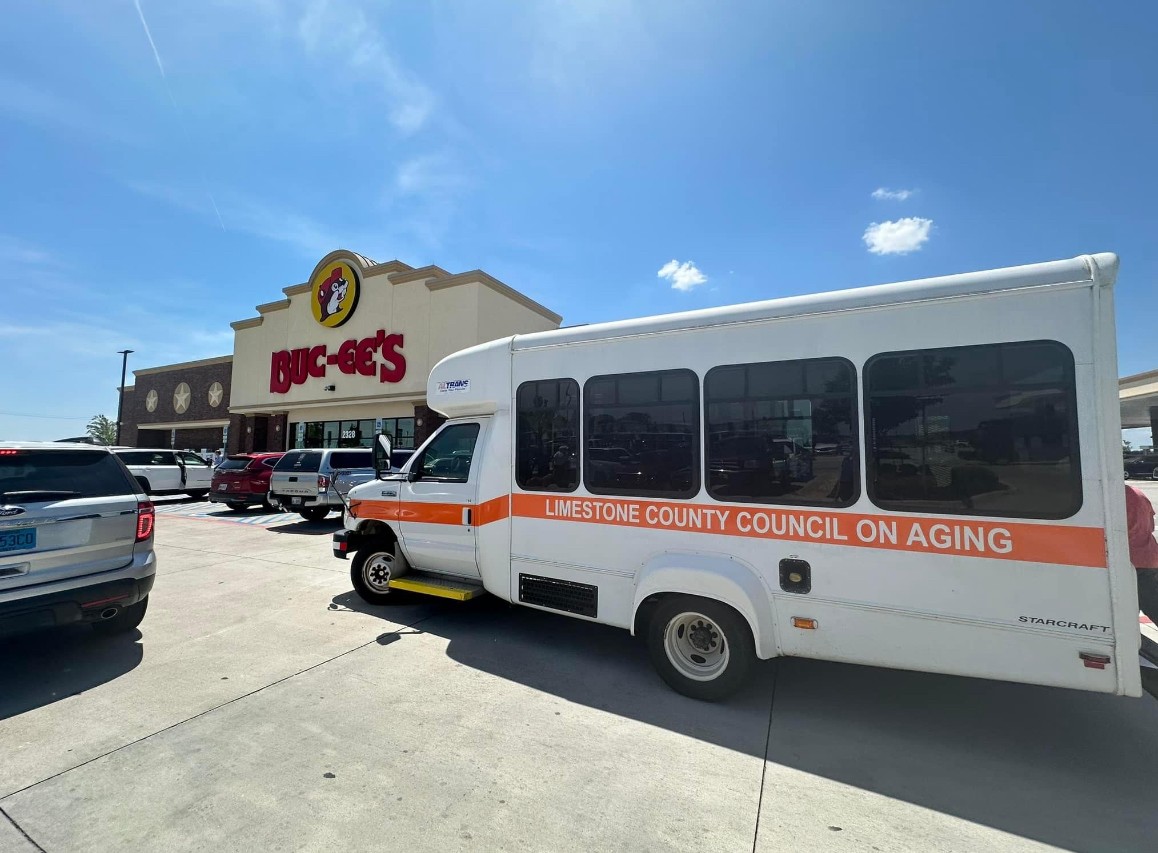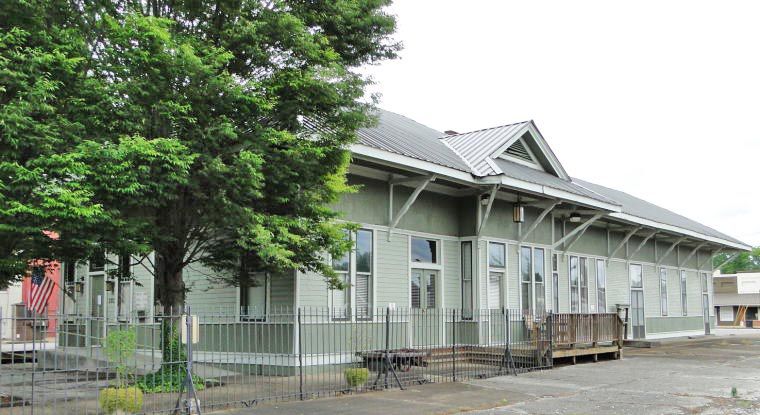From A to Zip City, Alabama has odd place names
Published 9:13 am Monday, October 26, 2009
FLORENCE, Ala. (AP) — The speed limit in Zip City is a modest 45 mph. Burnout has a volunteer fire department.
Welcome to the strange world of community names.
Whether you’re staying Active or Hopeful, feeling Normal or Cluttsville, or striving for Equality or Reform — many communities and some towns across Alabama have head-scratching names.
Unusual Alabama community names have caused visitors to chuckle and townsfolk to defend the likes of Boar Tush, Hicks, Intercourse, Nymph and Pansey, to name a few.
Some town and community names can even get edgier — Crackpot (United Kingdom), Ballplay (Tennessee), Titty Ho (United Kingdom) and Zip Down (Pennsylvania) come to mind.
Alabama has 462 incorporated towns, a sliver of the 19,495 cities and towns tabulated by the U.S. Census Bureau in 2007. In many cases, however, unusual names come from the hundreds of unincorporated communities with no political structure, as is the case with Zip City, Burnout and Buzzard Roost — three unincorporated communities in northwest Alabama.
One of the most complete sources of information on local town and community names comes from “The Place Names of Colbert and Lauderdale Counties, Alabama” — a dissertation written by Sandra Sockwell for her Ph.D. in the English department at the University of Alabama in 1985.
The two-volume, nearly 700-page work catalogues towns, communities, churches, roads, ponds – nearly any geographic feature named by man. The account comes from public records and interviews with old-timers.
Sockwell called the study of community and town names “a branch of linguistics that I got interested in.”
The names project was the brainchild of Virginia Foscue, who in 1988 published “Place Names in Alabama.”
During one summer, Sockwell and her daughter navigated the two counties, looking over dusty records of commission meetings and interviewing elders in the community.
What do the names tell her about the area?
“How unimaginative we are,” Sockwell said with a laugh. “We were working-class, ordinary people who faced a lot of hardships and they weren’t very fanciful with their names.”
One of her favorites is Zip City, “about as imaginative and fanciful that you get around here,” she said.
Another favorite: Needmore, an older reference of the Seven Points area in Florence, which was not included in the book but a reference to “need more customers, need more traffic.”
The origin of some place names likely will remain a mystery. Colbert County used to be a portion of Franklin County, but a fire in the Franklin County Courthouse destroyed all land records in 1890, according to Sockwell’s account.
Zip City, north of Florence in Lauderdale County, is a community settled in 1817, by Sockwell’s account.
“Though settled early, the name itself was not created until the automobile age, circa 1920s,” she writes.
The story goes that when alcoholic beverages could not be sold in Florence, residents drove along Chisholm Road to the Alabama-Tennessee line where liquor was legal. Cars would zip along the road — hence the community name.
Barbara Keeton has a different take.
The owner of the community’s remaining retail store, P and K Western Store, Keeton said the name came during the Prohibition era when smugglers ran moonshine through the community during the night at high speeds to avoid the police.
The community used to have two grocery stores and a cotton gin, according to Keeton, who was born and raised in Zip City.
Now, “we are downtown Zip City,” joked Carrie Keeton, who now runs the store. “If you don’t come to P and K, you’ve missed it.”
Zip City is one of several communities featured in “Passing Gas: And Other Towns along the American Highway,” a book of photos and essays by Gary Gladstone.
Alongside the Zip City entry are Fearnot, Pa., and Boogertown, N.C.
The 2003 book, along with a 2002 song by the Drive By Truckers, popularized Zip City to the point of international status.
Visitors from California, Italy and South Africa have visited P and K, all because of the town’s name.
Two Italian men read about the community, visited and asked Carrie Keeton to have their pictures taken in front of the store.
Gladstone, the author, even made bumper stickers for the store: “We visited Zip City, Alabama, USA – One of America’s Finest Towns.”
Now, the unincorporated “town” has an empty gas station and an antiques store for sale, plus a new subdivision and several homes.
The Keetons praise the Zip City Volunteer Fire Department for saving the store during an electrical fire in November.
“If it wasn’t for the fire department, it would have all gone down,” Barbara Keeton said.
The store features jeans, western shirts and cowboy boots of cowhide, lizard, eel and even elephant. The building is now alongside its former site.
At least one oddly named community rankled residents so much that they successfully lobbied to have its name changed. Cloverdale used to be called Rawhide “because of the tannery owned and operated there by Jonathan Paulk,” Sockwell’s account states. “A newcomer from Ohio whose friends and relatives objected to addressing letters to such a place circulated a petition for a name change,” so Cloverdale appeared on the map around 1890.
Deceased Florence historian William McDonald gave a slightly different account in his 1997 “A Walk Through the Past.”
“One popular story about this name change involves a young girl believed to have been either Lavenia or Mary South, daughters of Wash and Mattie South,” McDonald wrote.
“This young lady, according to legend, was so inspired by the beautiful clover blossoming along the roadsides in Rawhide that she wrote a song entitled ’Cloverdale.’ Thus, a petition was circulated among the community and the people agreed to change the name from Rawhide to Cloverdale.”
The stories behind community names can be unexpected. Buzzard Roost in western Colbert County got its name for the travelers’ stand on the Natchez Trace by Levi Colbert, the county namesake.
At one point, Buzzard Roost had a stage stand, post office and “was the center of social life in the area,” Sockwell writes.
Members of the Burnout Halltown Volunteer Fire Department in Franklin County see the irony in the name of their station, but they don’t mind.
“Everybody is used to it and nobody wants to change it,” said Forby Collum, 75, a volunteer firefighter who was born and raised in the community of about 400 households.
“I’ve heard other people say there should be other places called Burnout,” added Roger Puckett, assistant fire chief for the Burnout Halltown Volunteer Fire Department, which handles fire calls within a five-mile radius of Burnout.
Collum remembers when Burnout had a store, egg farm and water grist. Only the grist remains and it’s not in operation.
Now the community has the two-ladder volunteer fire department, a water tower, homes and Burnout Missionary Baptist Church, the source of the mysterious name.
Chris Ozbirn, archivist with the Franklin County Archives, said nearly 15 years ago a 92-year-old man at the Russellville Public Library said the name came about during the Civil War era.
A group of Union soldiers stopped at a little church a few miles from nearby Red Bay, which derived its name from the combination of its red soil and bay trees.
During the night, one soldier kicked over a lantern and burned the church.
The community built another church and named it Burnout.
“I thought, ’Hey, that sounds good to me,’ “ Ozbirn said of the unverifiable story.
The story also is recounted by the Missionary Baptist Association, which adds that an effort to keep the original Little Bear Creek name was unsuccessful. The current Burnout church was built in 1945 and includes a cemetery.
When asked about the origin of the Burnout name, most residents said they didn’t know.
“Huh, I didn’t know that,” said Gary Williams, fire chief for Burnout, while looking over a historical account from the Missionary Baptist Association.
When asked whether Burnout was unincorporated like Belgreen, a community next door, Puckett replied “no” with a laugh, adding, “Well, Belgreen’s got a school, so they’re one up on us.”





